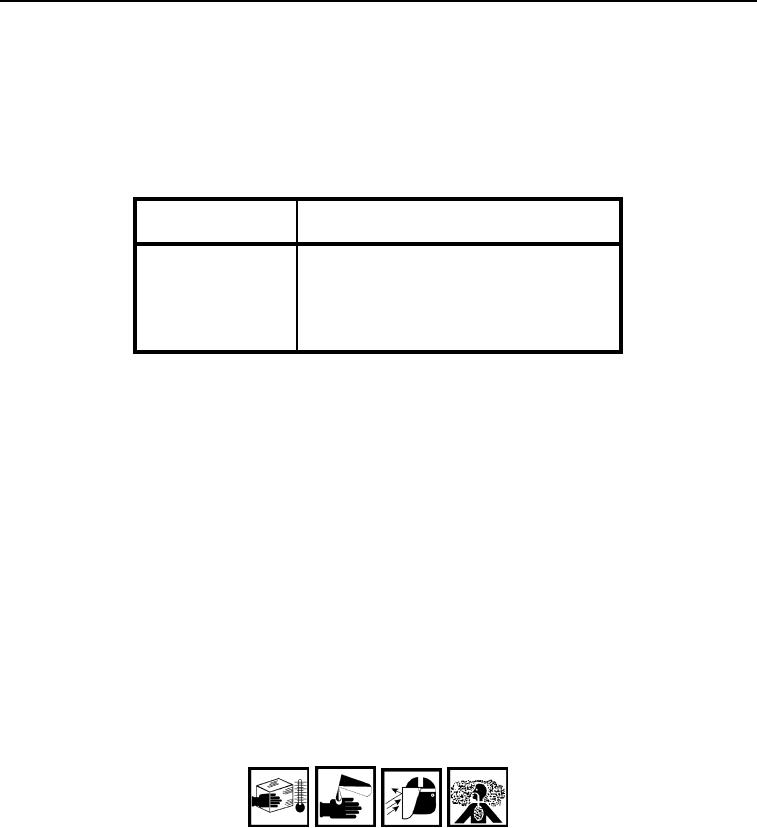
TM 5-2420-231-23-3
0364
EVACUATION CONTINUED
NOTE
At sea level, 28 in.Hg to 29 in.Hg (95 kPa to 98 kPa) is the required pressure specification.
At high elevations, less pressure is required.
For every 1,000 ft (305 m) above sea level, decrease the required specification by 1 in.Hg
(3 kPa).
Table 1. A/C Vacuum.
0364
Ambient
Vacuum Required to Boil Water
Temperature F (C)
in A/C System (in.Hg [kPa])
0364
0364
100F (38C)
28 in.Hg (95 kPa)
90F (32C)
28.5 in.Hg (96.5 kPa)
81F (27C)
28.8 in.Hg (97.5 kPa)
70F (21C)
29.2 in.Hg (98.8 kPa)
NOTE
Evacuating procedure removes air and moisture from the system. Do not use the vacuum
pump primarily to indicate a system leak.
4. Evacuate A/C system until low-pressure gauge indicates vacuum is 28 to 29 in.Hg (95 to 98 kPa).
a. If specific vacuum cannot be reached, A/C system may have a leak. Repair all leaks and repeat steps 1
through 4.
b. If specific vacuum can be reached, continue to evacuate A/C system for a minimum of 30 minutes and
then proceed to step 5.
NOTE
Excessive vacuum loss indicates a possible leak in the system.
Amount of vacuum loss in 5 minutes must not be more than 2 in.Hg (7 kPa).
5. If vacuum loss exceeds 2 in.Hg (7 kPa) in 5 minutes, repair all leaks and repeat steps 1 through 5. If vacuum
loss does not exceed 2 in.Hg (7 kPa) in 5 minutes, A/C system is ready to charge.
END OF TASK
CHARGING
0364
WARNING
Contact with refrigerant can cause frostbite. Keep hands and face away to prevent
personal injury.
Protective face shield and gloves must always be worn when refrigerant lines are opened,
even if the gauges indicate system is empty.
Always use caution when disconnecting fittings. Slowly loosen the fitting in a well-
ventilated area.
Do not smoke when servicing A/C or wherever refrigerant gas may be present.
Failure to follow these warnings may result in injury or death to personnel.

